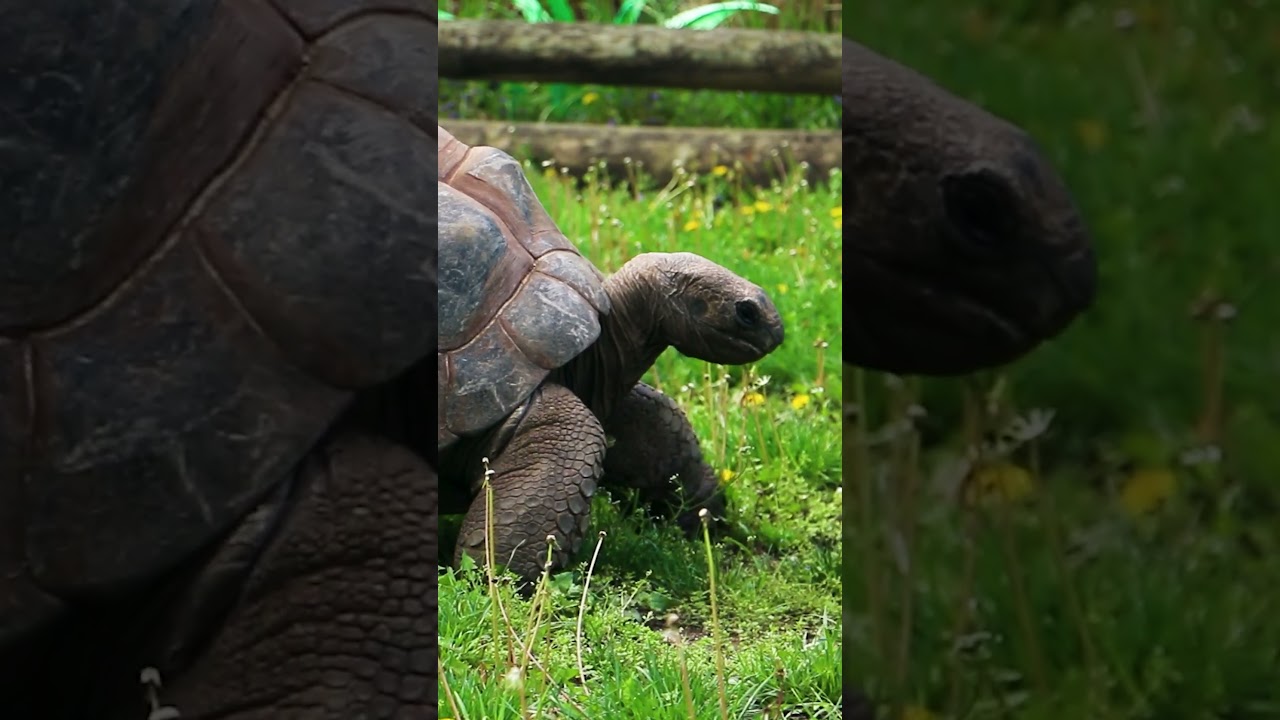– The natural history and adaptations of the Aldabra tortoise
– The role of zoos in conserving Aldabra tortoises
– Challenges in Aldabra tortoise conservation and how they are being addressed
– Educating the public on Aldabra tortoise conservation through zoo programs
The Aldabra tortoise, one of the planet’s longest-living animals, offers an incredible look into the resilience and adaptations necessary for survival over millions of years. These tortoises, native to the Aldabra Atoll in the Seychelles, have fascinated scientists and animal lovers alike with their slow-moving grace and impressive size. Through a focused examination of their biology, conservation status, and the pivotal role played by zoos in their preservation, this article aims to shed light on why protecting these majestic creatures is crucial for biodiversity.
The Aldabra tortoise thrives in habitats that offer abundant vegetation. They possess unique adaptations that allow them to reach high branches for food and conserve water in their arid island home. One of their most noteworthy traits is their long lifespan, which can exceed 100 years, with some individuals rumored to have lived over 150 years. This extraordinary longevity and a slow metabolism demonstrate an evolution finely tuned to their environment.
Zoos have become crucial sanctuaries for the Aldabra tortoise, providing safe havens and platforms for vital research and public education. In captivity, these tortoises enjoy environments that mimic their natural habitats, designed to meet their specific dietary and physiological needs. These controlled settings allow researchers to study their behavior, genetics, and reproductive biology, generating insights that can aid in crafting conservation strategies. Moreover, by showcasing Aldabra tortoises, zoos play an instrumental role in fostering a connection between the public and wildlife, highlighting the importance of conservation efforts.
However, preserving the Aldabra tortoise presents several challenges. Their natural habitats are threatened by human-induced factors such as climate change, habitat destruction, and the introduction of invasive species. Moreover, their slow reproductive rate complicates population recovery efforts. Addressing these issues requires a multifaceted approach involving habitat protection, research, and stringent regulations against illegal trade. Effective conservation strategies also rely on international collaboration among governments, conservation organizations, and researchers to share knowledge and resources.
Educational programs in zoos are key to enlightening visitors about the importance of Aldabra tortoise conservation. Through interactive tours, workshops, and multimedia presentations, zoos can engage people of all ages in the story of these tortoises and the efforts to protect them. These programs aim to inspire a sense of stewardship and provoke action among the public, encouraging support for conservation projects and sustainable practices that can help safeguard the Aldabra tortoise’s future.
Working through Monday like an Aldabra tortoise signifies taking deliberate, measured steps towards conservation goals, embodying the patience and resilience these tortoises show in their survival. It’s about prioritizing actions that have a long-term impact, recognizing the interconnectedness of ecosystems, and understanding that every effort counts in the fight against extinction. Engaging with and supporting conservation initiatives is essential, as the Aldabra tortoise’s survival and preserving biodiversity hinge on our collective actions.
*****
Source Description
Trudging through Monday like: an Aldabra tortoise.


